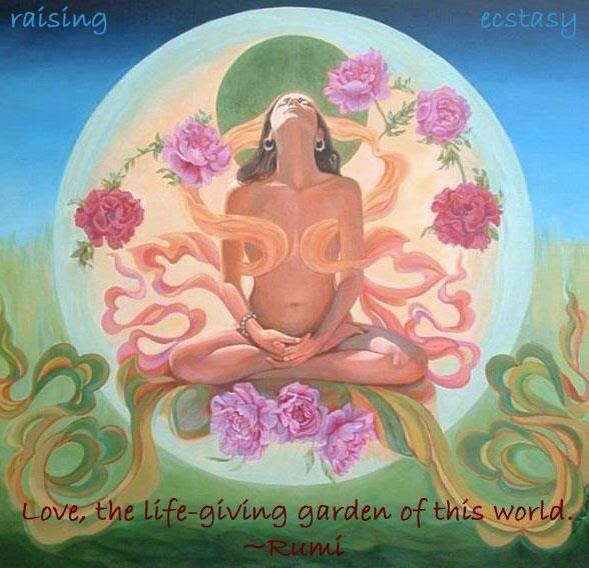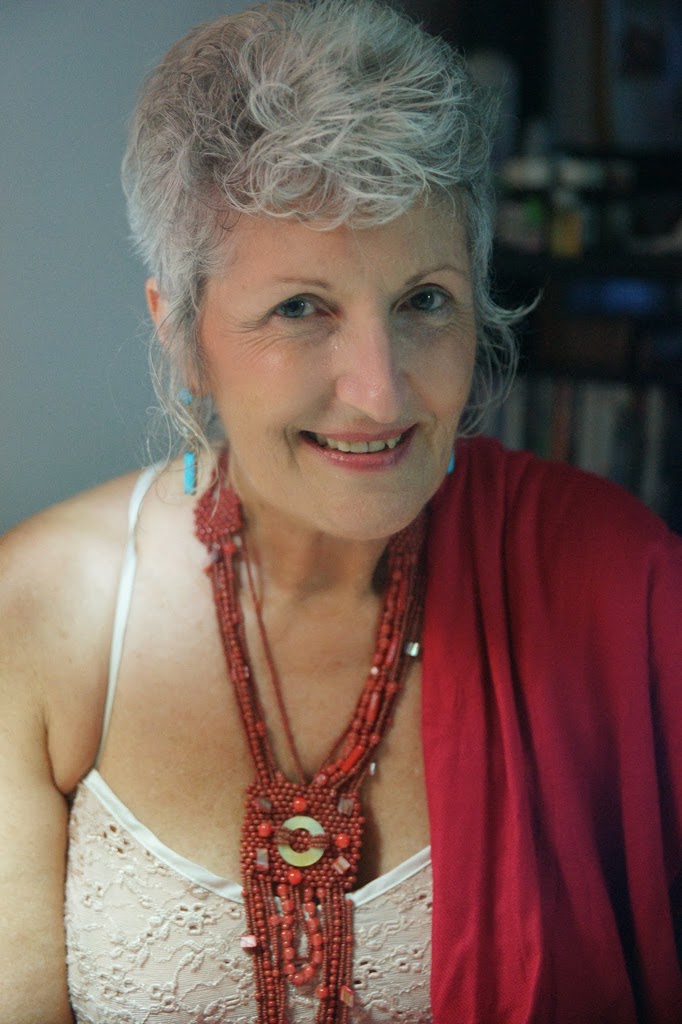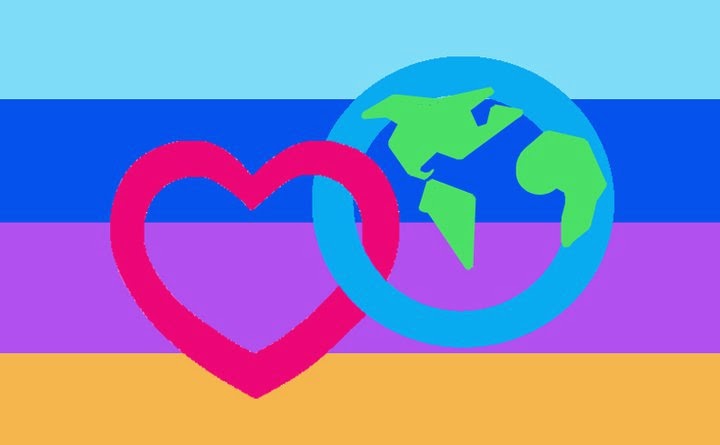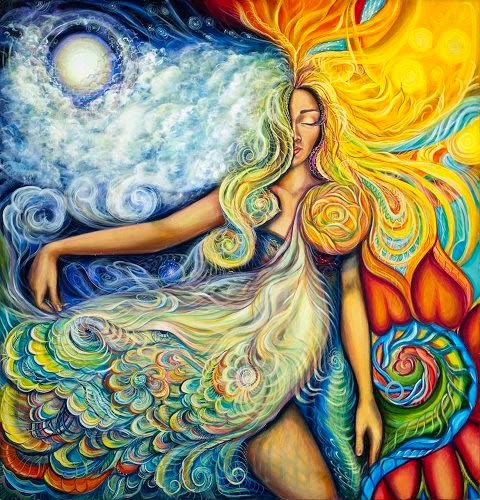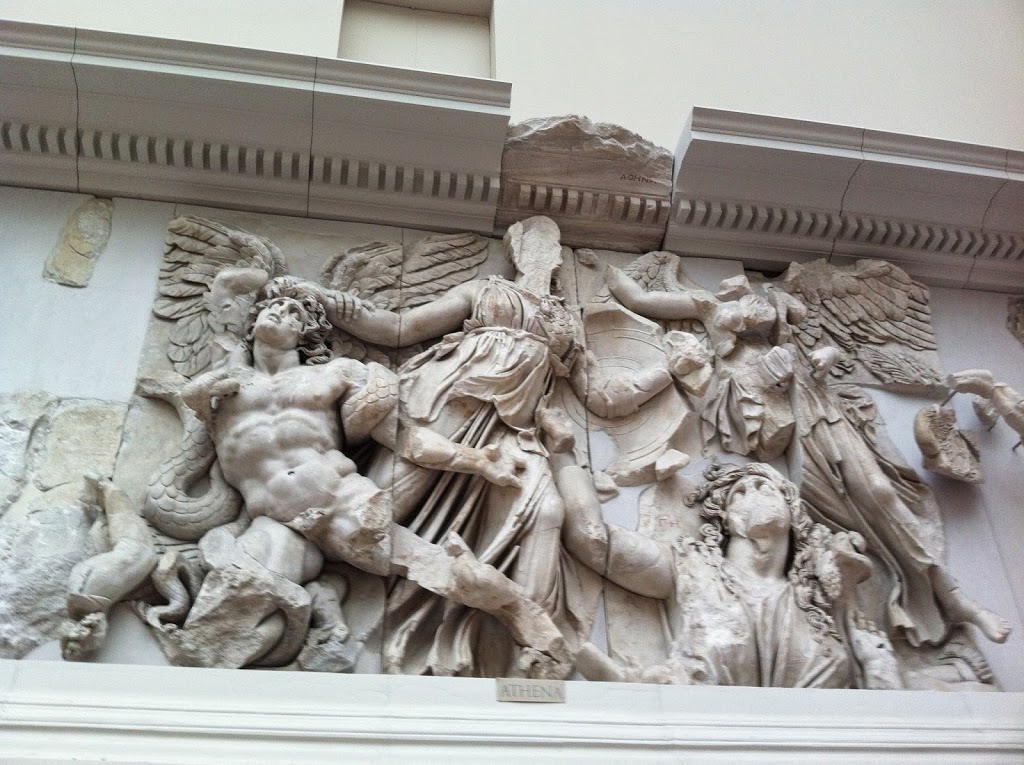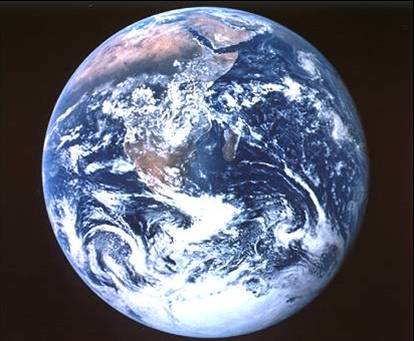Entry: Eros
by Serena Anderlini-D’Onofrio, PhD
3. Eros Across Time and Space, cont’d
When modernity became a prevalent mentality in the scenes of Western Culture, Eros came back as a significant cultural trope via the discourse of psychoanalysis. Cultural constructs of the divine were still prevalently male, monotheistic, and abstract. The mind/body split that had resulted in the divorce of the sacred from the erotic was still in function. Humans still believed they had been made “in God’s Image.” They were encouraged to do so by evolutionary science that positioned our species at the pinnacle of evolution: the form of life for whom other forms had been designed. These constructs aligned with official scientific practices that desacralized nature and turned it into a resource for human life.
Predictably, Eros’s come back was partial: from a deity in a polytheistic pantheon, the trope became a sexual instinct or drive. Freud, a founder of the new human science, had a predilection for Greek tropes to conceptualize psychoanalysis. He envisioned Eros as the life instinct and associated this instinct with its opposite: Thanatos, the drive to death and self-destruction. This binary helped Freud explain intra-psychic conflicts while positioning the erotic on the side of life. In this way, psychoanalytic discourse rescued the erotic from its association with “sin” and “vice,” and made it an element in the discourse of late 19th century vitalism, of which Freud’s views were part.
In the late 20th century, the discourse of postmodern science produced a gradual but effective decoupling of the practice of love from reproduction. While the Gaia Hypothesis postulated that love begins with unicellular life, the biosciences began to study the effects of love across biological realms. It became apparent that within the discourse of psychoanalysis the redemption of Eros could only be partial. As an instinct, Eros was considered “natural,” but only to the extent that its pursuit was contained within the cultural values of the time. The modern notion of the “natural” was very narrow. “Sexuality” was the new cultural construct based on which all arts and practices of love were to be analyzed. Yet all non-reproductive expressions of love were pre-classified as “perversions” that caused illness because they were “unnatural.” Psychotherapy used discourse to talk patients out of them. But Eros proved too powerful and the “talking cure” did not always work out. The practice of same-gender love and a woman’s choice to experience pleasure and pursue her desire contrasted with the cultural values of the time. Civilization was associated with the stability of these values. This explains why Freud did not carry his own premises fully out.
When psychoanalysis, sex-positive feminism, and political theory started to converse with one another things became more contextualized. In the 1960s, Marcuse identified the connection between sexual repression and social oppression. In Eros and Civilization he connected the dots between Freud and Marx. Reich proposed to liberate the erotic energy in the body and thereby cure the mind. In the 1970-80s, sex-positive feminists, including Gayle Rubin, Ruby Rich, and many others, unpacked women’s sexuality and reclaimed female erotic power. The new genre of Erotica was invented as a style in the visual and performing arts that celebrates nudity, sexual play, erotic seduction, styles of pleasure, orgasmic variety, and body art. Conventional pornography was turned upside down. The emphasis was on pleasure, playfulness, and art rather than arousal. The intention was to encourage all viewers to become more knowledgeable in the arts of love, rather than feed male viewers with ejaculatory fantasies. With Annie Sprinkle, Carol Queen, Susie Bright, Betty Dodson, and others, women became erotic protagonists and sovereign sexual subjects. Female viewers felt especially empowered: their anatomy of arousal and erotic potential were finally recognized. A new scene for the arts of love had come about.
In this new scene, Eros made a full come back when humans realized they were vulnerable to the forces of a degraded environment and a seriously damaged climate. The way the sacred value of the force of love was re-established was roundabout. In the context of global ecology and a new impulse to respect non-human life, Neo-paganism appeared as a cultural movement that pluralized the sacred and vowed to revere life in all its manifestations. At about the same time, modern Tantra appeared in the West as a reverberation of a countercultural tradition within Hinduism, another polytheistic culture. Tantra emphasizes the union of the erotic and the sacred in the arts of love. Behind these cultural elements was a vernacular notion of Gaia as the web of life, a sense of cyberspace as a manifestation of planetary consciousness, and a circular sense of planetary life as recycling. The new cultural tropes restored to Eros his sacred powers.
In the practice of sacred sexuality the sovereignty of female pleasure is recognized. A new marriage of the sacred and the erotic became possible when the interdependence of Eros and Gaia, feminine and masculine, matter and energy, lover and beloved, was recognized. When the experience of pleasure becomes a way to expand consciousness, one’s ability to channel the cosmic force of love is magnified. The arts of love serve to channel the flow of energy so that one element can transform into another in the continuous recycling of life.
See Also: Gaia Hypothesis, Ecosexuality, Tantra, Herbert Marcuse, Plato, Sappho, Sigmund Freud, psychoanalysis, Thanatos, Cupid, The Symposium, Giacomo Casanova, Marquis De Sade, Humanism, Gaspara Stampa, Veronica Franco, Erotica, sex-positive feminism, Ovid, sexual, sacred, arts of love.
List of Sources
Bright, Susie. Full Exposure: Opening Up to Sexual Creativity and Erotic Expression. New York: Harper Collins, 2009.
Casanova, Giacomo. The Story of My Life. Gilberto Pizzamiglio ed. Stephen Sartarelli tr. New York: Penguin, 2001.
De Sade, Marquis. The Marquis de Sade: The Complete Justine, Philosophy in the Bedroom, and Other Writings. Richard Seaver and Austryn Wainhouse trs. Introduction by Jean Paulhan and Maurice Blanchot. New York: Grove Press, 1965.
Franco, Veronica. Poems and Selected Letters. University of Chicago Press, 1999.
Freud, Sigmund. Beyond the Pleasure Principle. New York: Penguin, 2003.
Halperin, David. One Hundred Years of Homosexuality. New York: Routledge, 2012.
Holland, Nancy. “Looking Backwards: A Feminist Revisits Herbert Marcuse’s Eros and Civilization.” Hypatia: 26: 1 (Winter 2011): 65-78.
Marcuse, Herbert. Eros and Civilization. Boston: Beacon Press, 1974.
Ovid. The Art of Love. James Michie tr. New York: Random House 2013.
Plato. Symposium. Robin Waterfield tr. Oxford: Oxford University Press, 1994.
Queen, Carol. Real Live Nude Girls: Chronicles of Sex-Positive Culture. New York: Cleis Press, 2003.
Reich, Wilhelm. Character Analysis. Vincent Carfagno tr. New York: Farrar, Straus & Giroux, 2013.
Rich, Ruby. Chick Flicks: Theories and Memories of the Feminist Film Movement. Duke University Press, 1998.
Rubin, Gayle. “The Traffic in Women: Notes on the ‘Political Economy’ of Sex.” In Literary Theory: An Anthology(770-794). Julie Rivkin and Michael Ryan eds. New York: Wiley-Blackwell, 2010.
Sappho. The Complete Poems of Sappho. Willis Barnstone tr. New York: Shambhala Publications, 2011.
Sprinkle, Annie. Dr Annie Sprinkle’s How to Be a Sex Goddesses in 101 Easy Steps. NP: Joseph Kramer/Erospirit, 2008.
______ . Dr. Annie Sprinkle’s Amazing World of Orgasm. Joseph Kramer dir. NP: Erospirit, 2007.
Stampa, Gaspara. Selected Poems. SUNY: Italica Press, 2008.
To be continued: new entry is The Gaia Hypothesis . . . come back next week, same time.
Sending much love and all good wishes to all of you and your loved ones. Thanks you for listening and opening up. Stay tuned for more coming. With all good wishes for a happy spring and summer. Thank you!
Namaste,
SerenaGaia
Serena Anderlini-D’Onofrio, PhD
Author of Gaia, Eros, and many other books about love
Professor of Humanities, University of Puerto Rico, Mayaguez
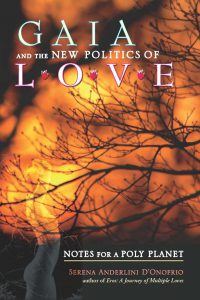
 Follow us in the social media
Follow us in the social media Poly Planet GAIA Blog: http://polyplanet.blogspot.com/ Website: www.serenagaia.com
Become a Fan: www.facebook.com/GaiaBlessings
Go to Author’s Page/Lists all Books:
http://www.amazon.com/-/e/B001JS1VKA
YouTube Uploaded Videos: http://www.youtube.com/SerenaAnderlini
Be Appraised of Ecosex Community Project PostaHouse





http://polyplanet.blogspot.com





